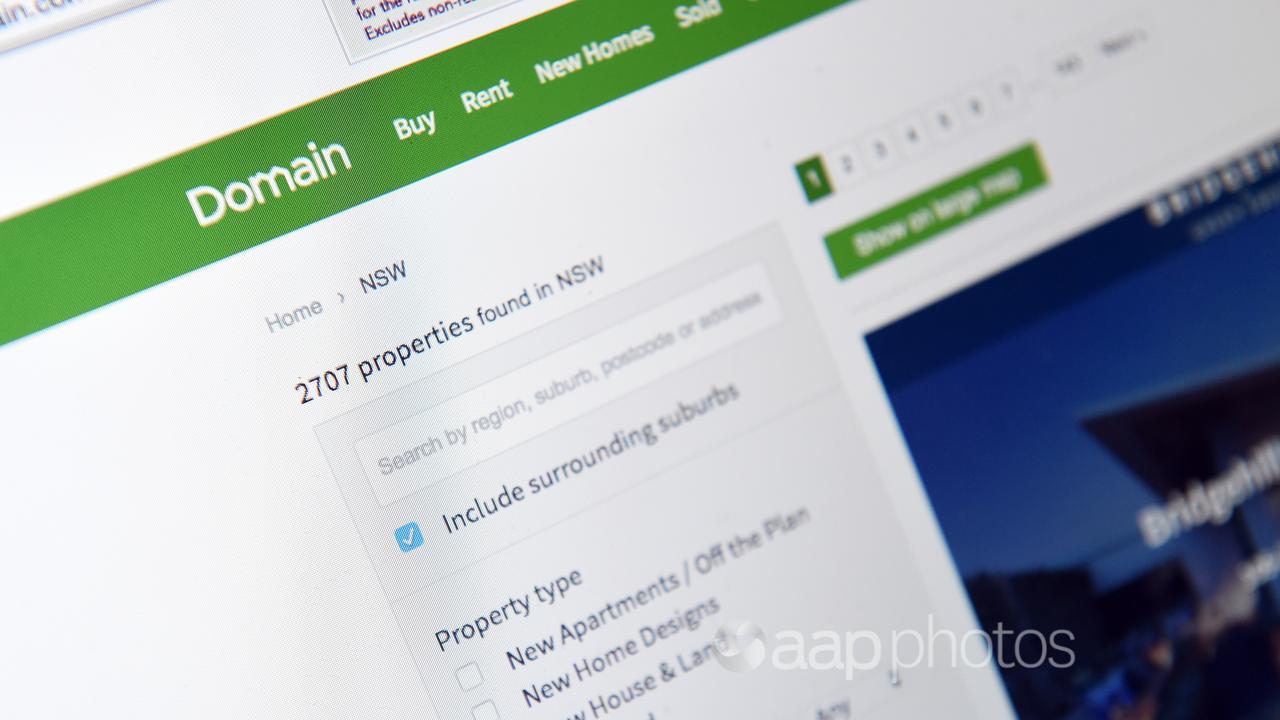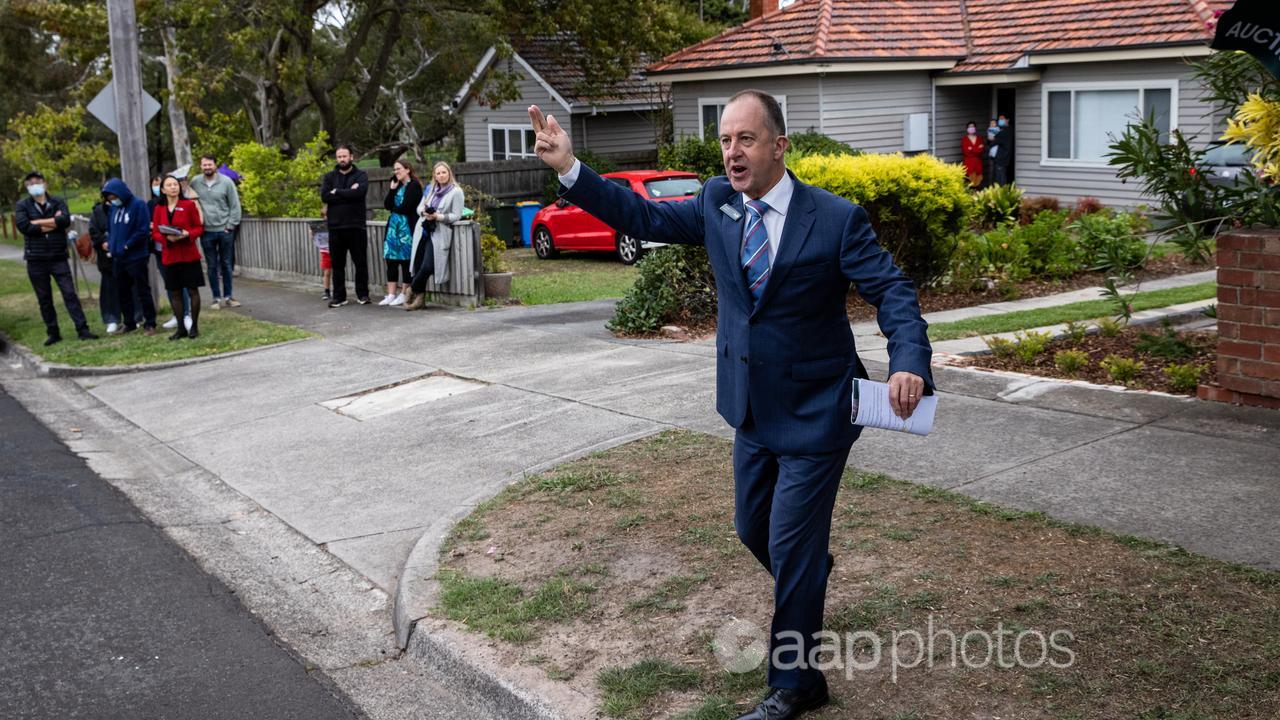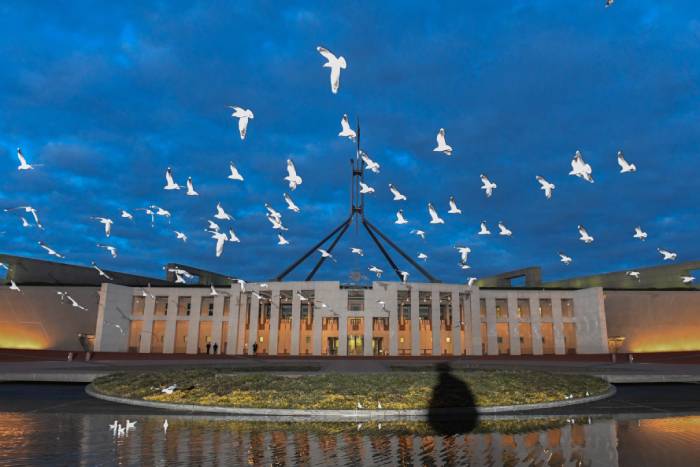The autumn selling season could be the best time for prospective homeowners to get a foot on the property ladder as house prices hit peak affordability.
Annual property price increases have slowed to their lowest levels in Australia since September 2023 as affordability pressures and limited borrowing power take their toll on demand, Domain’s house price report for the December quarter shows.
Softer clearance rates and more listings were giving buyers more of a choice and helping to take away urgency from their purchasing decisions, said Domain chief of research and economics Nicola Powell.

“We are seeing a rapid slowdown across pretty much all of our capital cities,” she told AAP.
“We’ve got stable pricing, some cities in decline and those that are rising, they’re not rising as fast as they were.”
House prices across the capital cities grew at 1.1 per cent over the last three months of 2024, slower than the average of recent years but maintaining the markets’ positive growth streak of eight consecutive quarters.
Sydney, the country’s most expensive property market, was the only capital to go backwards, with median house prices declining $1300 over the quarter.
Dr Powell said another contributing factor to slower growth could be purchasers holding off buying until the Reserve Bank of Australia cuts interest rates at some point in 2025.
She expects the market to continue to soften into the autumn selling season before rate cuts, widely predicted to begin in February or May, spur an increase in demand from the second half of the year.
“I think it will still help to sway some buying decisions and bring some demand back to market,” she said.
“We might be seeing slightly improved (selling) conditions once it comes to maybe the spring selling season of 2025 in the latter part of this year.”
Even though 2025 is set to be the best year for buyers in a while, home ownership will still be out of reach for many.

Off the back of massive price growth in 2024, Adelaide and Perth are both set to break the $1 million median house price mark as cities coming off a lower base make up ground against the traditional heavyweights.
While lower forecast net migration will help moderate demand and new supply is set to slowly start flowing into the market, it will be some years before those structural affordability issues are fully resolved.
Relatively higher supply has helped Melbourne buck the trend in recent years.
The Victorian capital’s house prices fell one per cent in 2024, helped as well by the state government’s land tax changes which have scared off investors and opened the door to first home buyers seeking to enter the market.
The state leads the country in terms of the portion of finance going to first home buyers, but Dr Powell says the lack of investor interest could harm renters in the long run.
“The downside is the rental market still is very tight,” she said.
“While there are some tenants that have obviously transitioned to being first home buyers it’s not been enough to balance out Melbourne’s rental market.
“So those new arrivals into Melbourne will be seeing what is largely still a landlord’s market.”



















